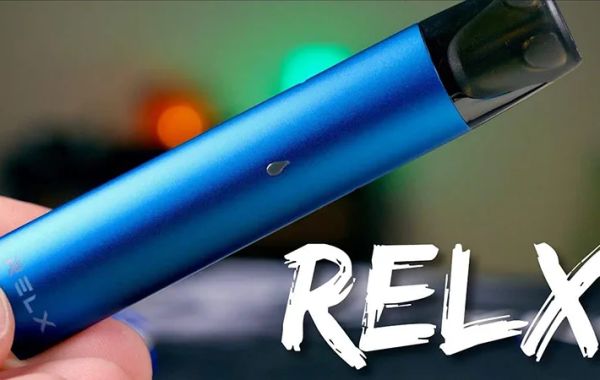Despite their numerous advantages, FODLs also present some challenges:
- Temperature Sensitivity:The refractive index of optical fiber is temperature-dependent. This means that changes in temperature can affect the delay introduced by the FODL. To mitigate this, temperature-compensated FODLs or active stabilization techniques can be employed.
- Polarization Dependence:Some FODLs exhibit polarization-dependent properties, meaning that the delay can vary depending on the polarization state of the input light. This can be a concern for applications requiring polarization-maintaining performance.
- Cost:Custom-designed or long FODLs can be relatively expensive due to the cost of the fiber and the precision required in manufacturing.
- Physical Size:For long delay requirements, FODLs can become physically large and cumbersome, which may limit their applicability in certain systems.
- Fiber Dispersion: While generally low, fiber dispersion can still affect the signal quality, especially for high-bandwidth signals over long fiber lengths. This can be mitigated through the use of dispersion-compensating fibers or other techniques.
Understanding both the advantages and challenges of FODLs is essential for selecting the appropriate FODL for a given application and implementing effective measures to address potential limitations.








